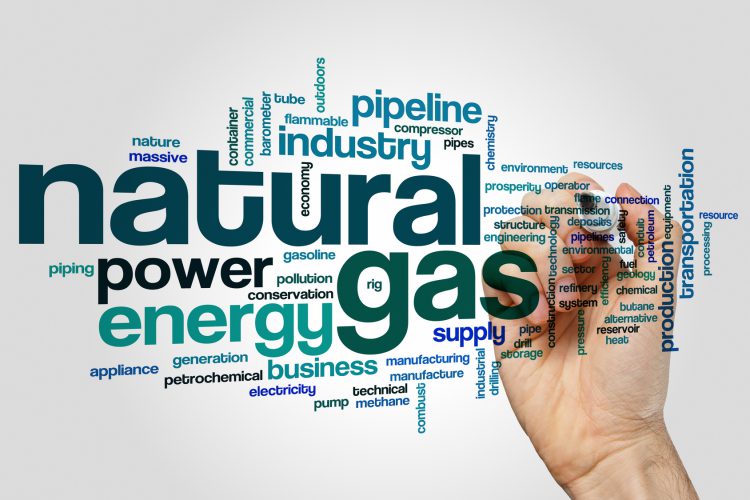OEB Issues Regulatory Framework for Gas Distributor Cap and Trade Costs

On September 26, 2016, the Ontario Energy Board (OEB) released its Regulatory Framework for the Assessment of Costs of Natural Gas Utilities' Cap and Trade Activities (the "Framework"). The OEB's explanatory letter states that the Framework is intended to facilitate the recovery of costs incurred by rate-regulated natural gas utilities (Enbridge Gas Distribution Inc., Natural Resource Gas Limited and Union Gas Limited) in meeting the legislated requirements of Ontario's Cap and Trade program, which comes into effect as of January 1, 2017.
The issuance of the Framework follows the OEB's "early determination" on billing and customer information issues (discussed in an earlier post). That decision required gas utilities to be ready to include Cap and Trade costs on customer bills starting on January 1, 2016. The key item in the "early determination" was that the Cap and Trade costs will be passed on to gas utility customers as part of their overall delivery charges, not as a separate line item.
The Framework outlines the approach the OEB will take in "assessing the cost consequences of the Utilities' plans for complying with the Cap and Trade program." As we previously discussed, under the Cap and Trade program, gas distributors will have compliance obligations for emissions from their customers as well as the utility's own operations. The OEB has indicated that it expects each gas utility to prepare "Compliance Plans" to achieve their Cap and Trade obligations, which will include costs of:
- facility-related obligations for measures related to GHG emissions from facilities owned or operated by the utilities;
- customer-related obligations for measures related to GHG emissions from natural gas-fired generators and residential, commercial and industrial customers who are not Large Final Emitters (LFEs) or voluntary participants; and
- administration to meet compliance obligations.
The Framework provides details about what should be included in the Compliance Plans, when the Compliance Plans should be filed and how the utilities' costs will be reviewed. Notable aspects of the Framework include the following:
- Notwithstanding continued concerns being raised by ratepayer groups, the OEB has confirmed that there will be no separate identification of Cap and Trade costs on customer bills. The utilities will be required to have separate charges for Cap and Trade costs as part of their overall tariffs, but for bill presentment purposes, these separate charges will be combined into the customer's delivery rate.
- The first Compliance Plans (for 2017) must be filed by mid-November 2017, and thereafter one or more Compliance Plans must be filed for the balance of the 2017 to 2020 compliance period. There are "Filing Guidelines" indicating what must be included in the Compliance Plans.
- The OEB will assess the Compliance Plans "for cost-effectiveness, reasonableness and optimization, and ultimately to determine whether to approve the associated cap and trade costs for recovery from customers." The Framework is clear, though, that the Board does not plan to approve the Compliance Plans themselves.
- The Compliance Plan review process will be used to set the annual charges from utilities to their customers to recover Cap and Trade compliance costs.
- The OEB will require annual monitoring and reporting by the utilities on the results of their Cap and Trade activities and any changes to their Compliance Plans. The OEB also intends to establish a working group to assist in developing evaluation approaches and customer communications.
- The OEB will undertake a review of the Framework after getting at least two years of experience with the Cap and Trade program, with the review to be completed before the end of the first compliance period (2020).
The OEB has not asked for any comments or response to the Framework. The next steps will be the filing of the 2017 Compliance Plans in November 2017.

